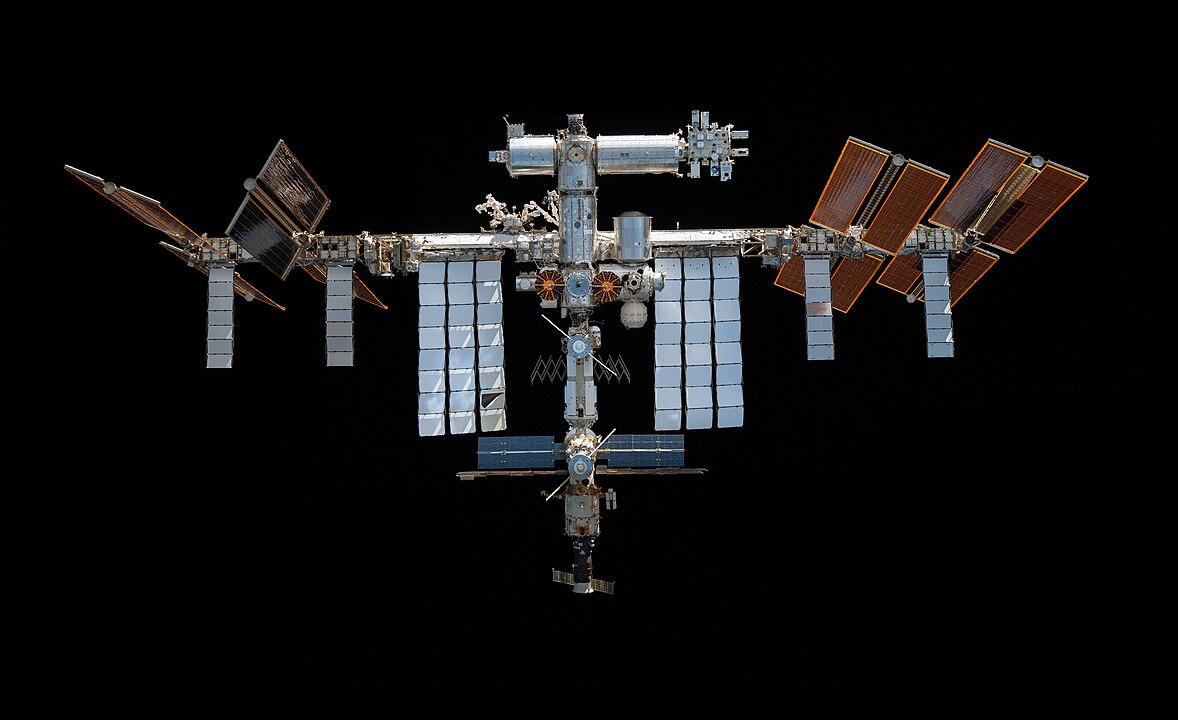The European research project called "gEICko" aims to develop satellites that can literally stick to space junk and drag it safely out of orbit. The secret lies in synthetic materials that mimic the microscopic structures on the feet of gecko, which allow these remarkable reptiles to cling to virtually any surface using molecular forces called van der Waals interactions.
The space debris problem has been decades in the making. Since the Soviet Union launched Sputnik in 1957, humanity has sent roughly 20,000 satellites into orbit. While that pioneering satellite burned up harmlessly after a few months, many of its successors remain in space long after their missions ended. Each collision or explosion creates thousands of new fragments, turning space into an increasingly hazardous environment for astronauts and functioning satellites alike.
Close-up of the underside of a gecko's foot as it walks on vertical glass (Credit : Bjørn Christian Tørrissen)
Traditional cleanup approaches have struggled to find a solution to grabbing onto something that was never designed to be grabbed? Dead satellites tumble unpredictably through space, making it nearly impossible for cleanup missions to dock with them using conventional methods. Nets and harpoons offer limited attempts, while robotic arms require finding specific attachment points that may not exist.
The gecko-inspired solution sidesteps these problems entirely. Instead of trying to grab specific parts of defunct satellites, the cleanup satellites would be equipped with specially textured silicone surfaces that can stick to smooth areas like solar panels. When a cleanup satellite approaches its target at precisely the right speed and angle, molecular forces create an instant bond with no mechanical latching required.
"The final approach is particularly complex. The angle and speed must be precisely coordinated for a planned and controlled collision; after all, we don't want to create any more debris.” - Mohamed Khalil Ben-Larbi, University of Würzburg
The team even has a backup plan if they are unable to connect. They suggest the same material can be attached to a deployable line that could be shot at the target like a chameleon's tongue. Once attached, the cleanup satellite would gradually alter the debris's orbit, either sending it safely into Earth's atmosphere to burn up or parking it in a "graveyard orbit" far from active orbits. The beauty of this approach lies in its simplicity and low cost, the technology could work on small, inexpensive satellites rather than requiring massive, complex spacecraft.
 The International Space Station, captured here by a crew approaching in the Dragon Capsule, often has to make evasive manoeuvres to avoid space debris (Credit : NASA)
The International Space Station, captured here by a crew approaching in the Dragon Capsule, often has to make evasive manoeuvres to avoid space debris (Credit : NASA)
The international consortium, which includes researchers from Germany, Italy, Portugal, and Spain, faces significant technical challenges. The synthetic gecko materials must maintain their sticking power in the harsh environment of space, working reliably on surfaces that may be dusty, aged, or damaged. The team must also develop sophisticated guidance systems to ensure their cleanup satellites can locate, approach, and dock with tumbling targets without creating more debris in the process.
If successful, gecko satellites could offer a cost effective way to tackle humanity's growing space junk problem. Ben-Larbi estimates that operational cleanup satellites could be ready within a decade. Given that the commercialisation of space travel continues to accelerate, with thousands more satellites planned for launch, such cleanup technology may soon become essential for keeping space safe for future generations.

